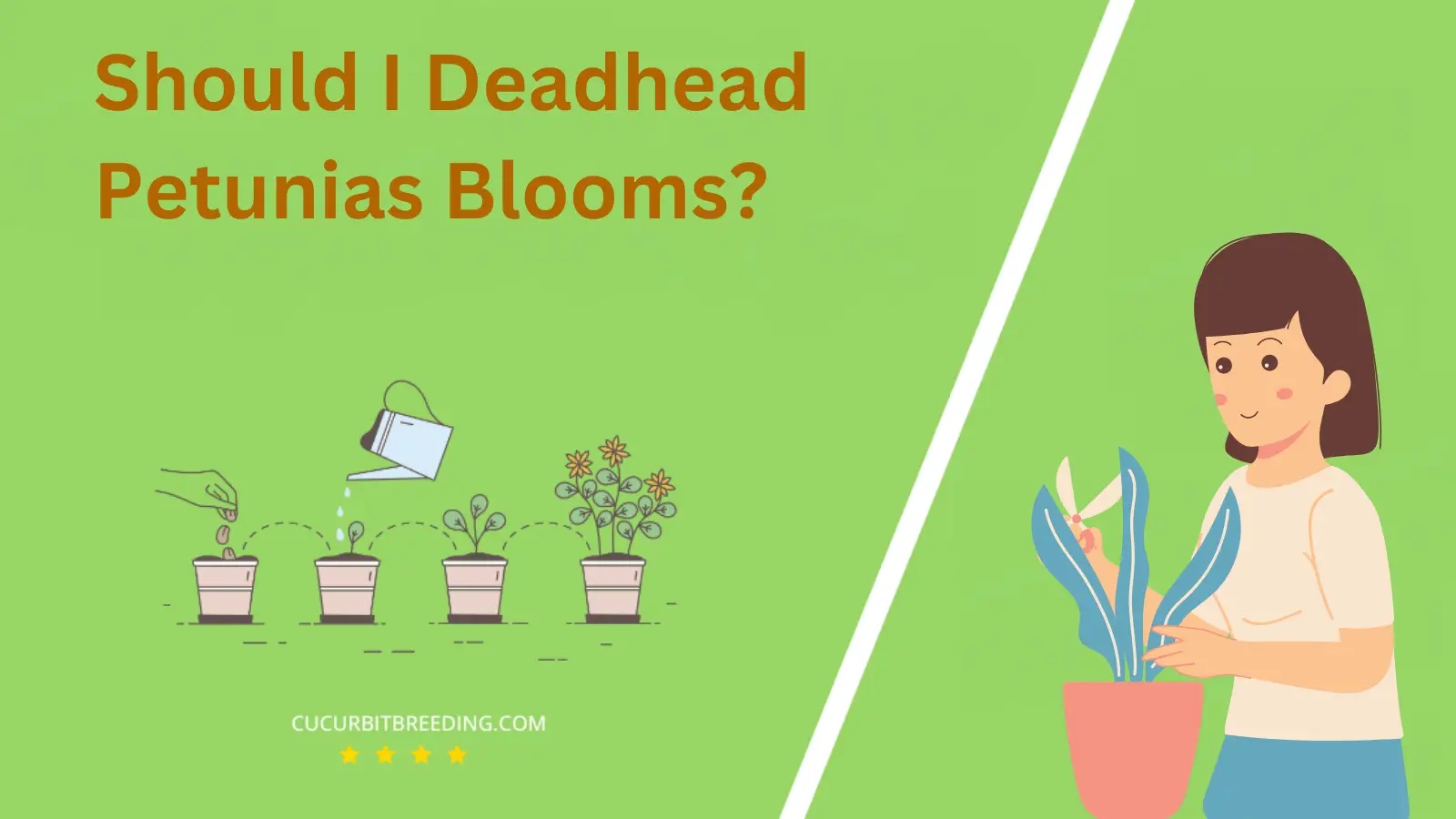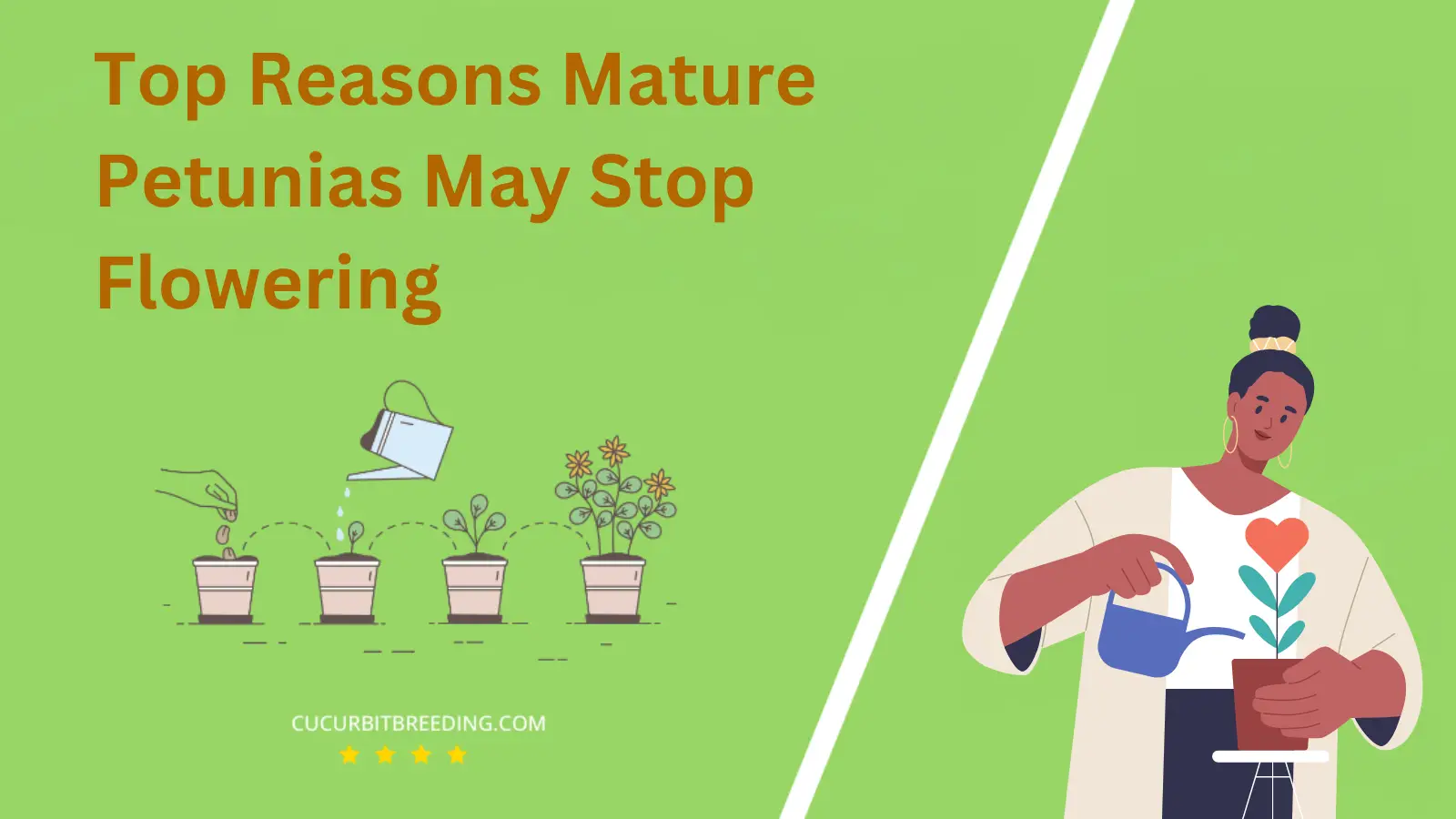
As a beloved choice of gardeners, petunias offer vibrant and long-lasting color to any landscape. The question, “When do petunias bloom?” is a common one, and understanding their growing cycle can enhance your gardening experience.
These annual beauties have a fascinating blooming pattern that depends on various factors. Let’s delve into the world of petunias, exploring the secrets behind their vibrant display.
When Do Petunias Bloom?
Petunias typically bloom from spring to frost, meaning they flower from late spring until the first frost in fall. They are known for their ability to provide vibrant colors throughout the warmer months.
| Stage | Description |
|---|---|
| Germination | Spring (March – May) |
| Growth | Spring to early summer (March to June) |
| Blooming | Spring to fall (March to October) |
| Dormancy | (October – March) |
How Long Do Petunias Bloom?
Petunias typically bloom from spring until frost in the fall. This makes them a popular choice for gardeners as they provide vibrant and continuous color throughout the warmer months. They require regular watering and a sunny location to thrive and maintain their blooming cycle.
How Light Affects Petunias Blooms?
Petunias require ample light to bloom properly. Specifically, they need at least 5 to 6 hours of direct sunlight every day. Without sufficient light, petunias produce fewer blooms and may grow spindly and weak. In regions where the sun is particularly intense, some afternoon shade is beneficial. However, too much shade can have a detrimental effect on flowering. Therefore, it is crucial to strike a balance in light exposure to ensure healthy and robust petunia blooms.
Will Petunias Bloom the First Year You Plant Them?
Yes, petunias will bloom the first year you plant them. Petunias are annuals, which means they complete their entire lifecycle – from germination, flowering, to seed production – within one growing season. As long as they are planted in well-draining soil, and get plenty of sunlight and water, they should bloom beautifully in their first year.
Will Petunias Bloom Every Year?
Petunias are generally treated as annual plants. This means that they typically complete their life cycle in one year, from seeding to flowering, and then die off. However, the plant’s ability to bloom every year depends on the specific conditions in which they are grown.
In ideal circumstances, with optimal care and suitable climate, some varieties of petunias can survive and bloom again in the following years. But, this is not the norm for most petunias, especially in colder regions where they can’t survive the winter outdoors.

Should I Deadhead Petunias Blooms?
Yes, you should deadhead Petunias blooms. Deadheading, or removing spent flowers, encourages the plant to produce more blooms and prevents it from going to seed. It can promote a healthier, more vigorous plant. To deadhead Petunias, simply remove the entire flower, along with the base, to stimulate new growth.
Top Reasons Mature Petunias May Stop Flowering

Mature petunias may stop flowering for several reasons. Overwatering often leads to root rot, which can prevent blooming. It’s essential to water petunias only when the soil is dry to the touch.
Insufficient sunlight is another reason. Petunias require at least five to six hours of direct sunlight each day to bloom. If they are in a shaded location, consider moving them to a sunnier spot.
Poor soil quality can also hinder the flowering of petunias. They thrive in well-draining, fertile soil. If your soil is poor, consider adding compost or a slow-release fertilizer to improve its quality.
Lastly, lack of deadheading can cause petunias to stop flowering. Deadheading, or removing spent flowers, encourages the plant to produce more blooms. Without this, the plant may focus its energy on seed production rather than blooming.